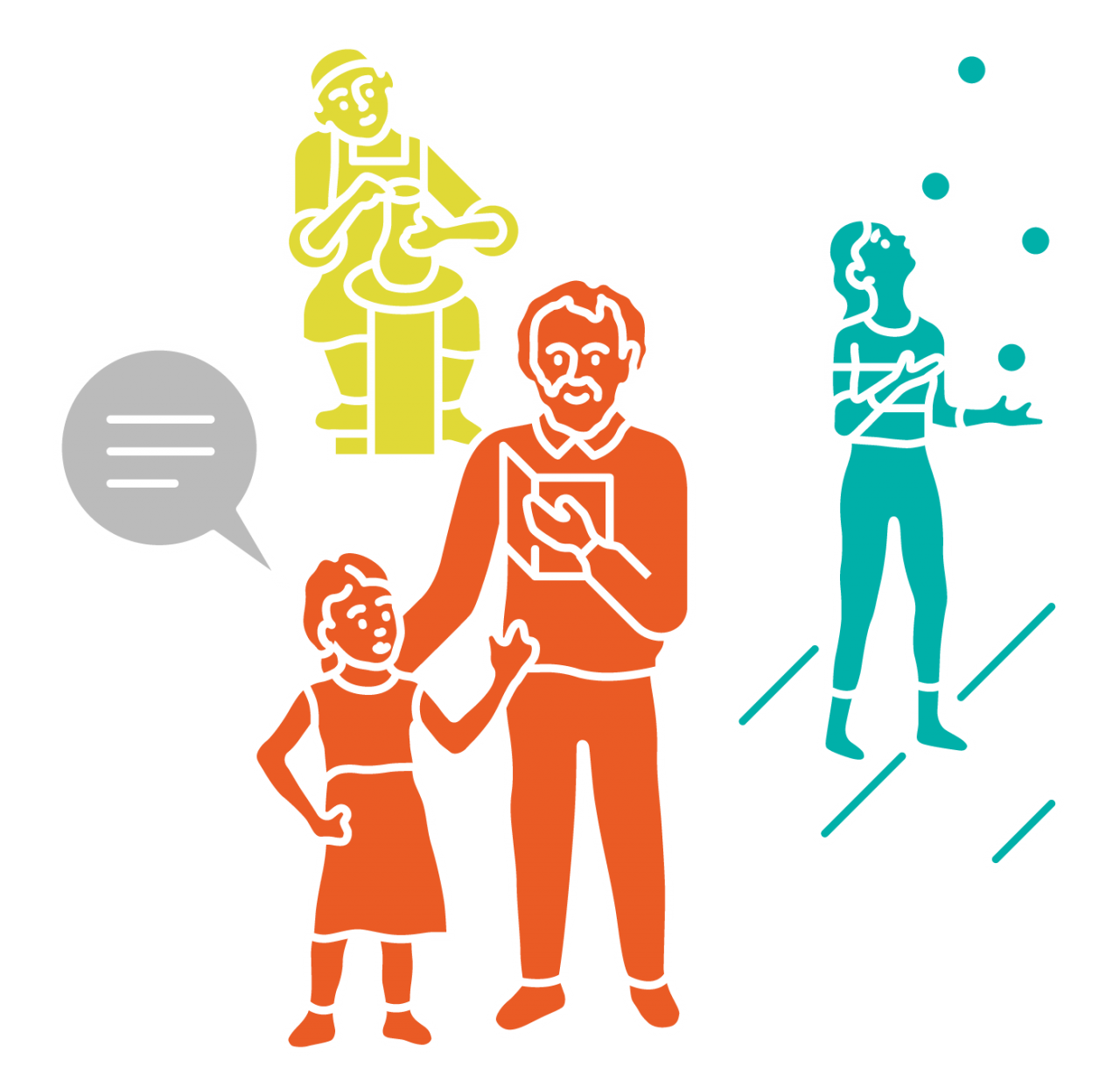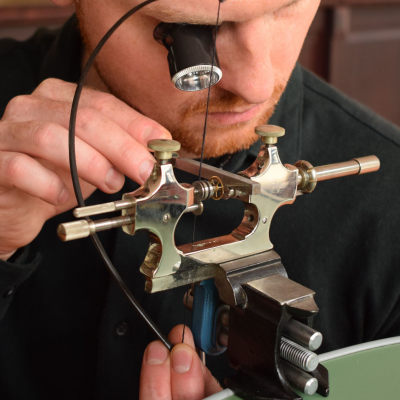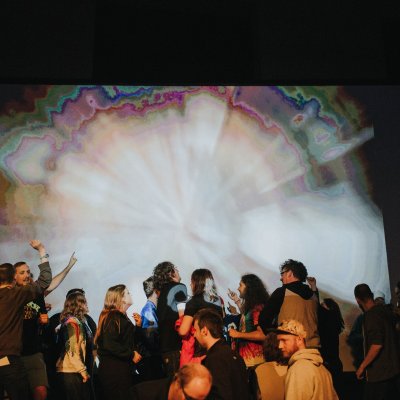Nationwide Inventory of Intangible Cultural Heritage
German Sign Language – DGS
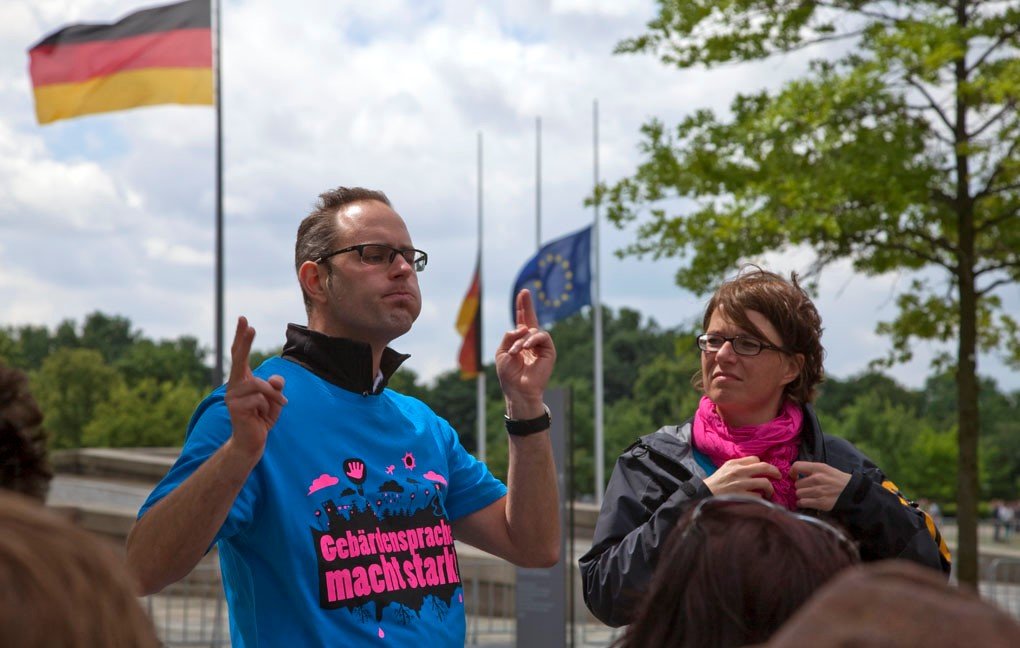
The German Sign Language is used not only by around 80,000 deaf people, but also by people with cochlear implants or children of deaf parents. It successfully mediates between deaf and hearing people and ensures equal participation in social, cultural or political life, irrespective of the technical means of communication.
The German Sign Language is a full-fledged linguistic system that uses different units to convey meaning. These units include hand shapes, mouth pictures, facial expressions, or oral gestures. The units are combined into utterances according to grammatical rules. The German Sign Language follows a fundamentally different grammar than German and is simultaneous and spatial in nature.
As a language, the German Sign Language contains all linguistic characteristics. There are several regional dialects and sociolects in Germany. Like any other language, it is used both in private and in public. German Sign Language is also used in educational institutions. It is the subject of linguistic research and sees its users as a linguistic minority.
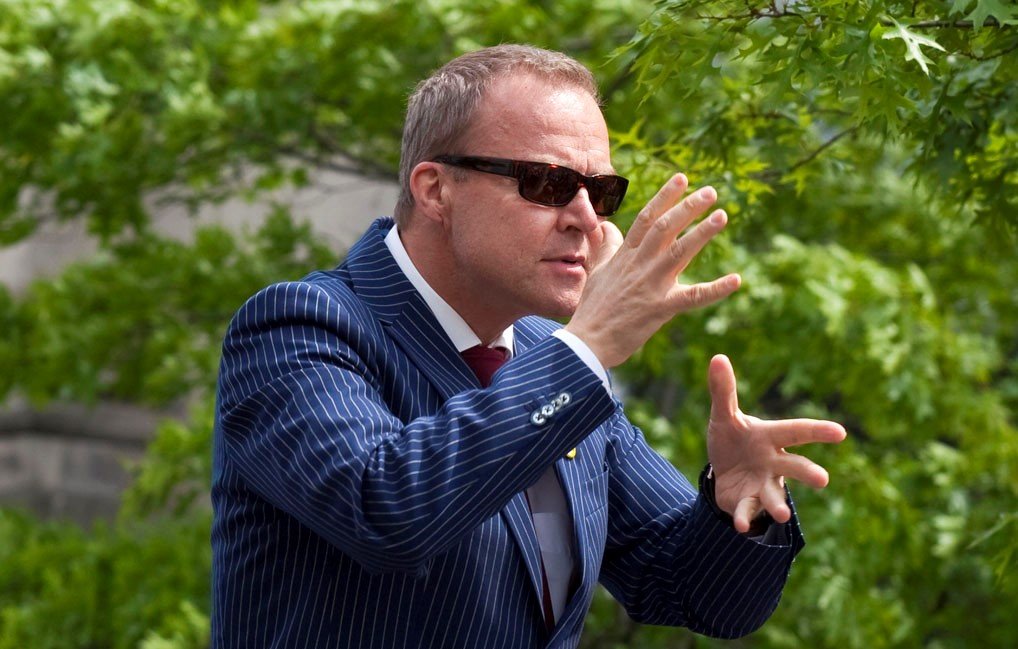
Social and cultural foundation of the deaf community
German Sign Language forms the social and cultural foundation of the German deaf community. In Germany, the German Sign Language was first legally recognised in 2002 in the Disability Equality Act. This recognition was preceded by a long journey: Research on the education of deaf children has been around since the 18th century. The first state school for deaf children was founded in Leipzig in 1788. But resolutions passed in 1880 meant that sign language could no longer be used in schools for deaf people - representing a political and social setback for deaf people.
In Germany, political change began in the 1970s. Sign language research became increasingly mainstream. Meanwhile, associations for deaf people have become dedicated to cultural, political and social issues. They are also active in sports: there are national teams in various popular sports that regularly participate in the Deaflympics. The German sign language lives through its speakers. While parents pass it on to their children, educational institutions and the communities also share their knowledge of the language.


